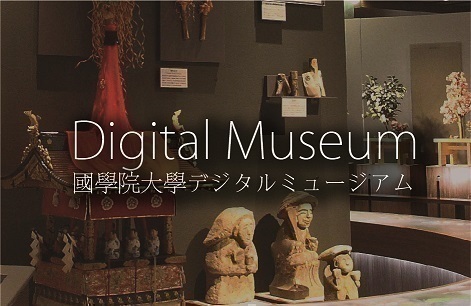- トップ
- Encyclopedia of Shinto
- Kikueikai Kyōdan
Encyclopedia of Shinto
| Main Menu: | |
| Links: |
詳細表示 (Complete Article)
| カテゴリー1: | 8. Schools, Groups, and Personalities |
|---|---|
| カテゴリー2: | Modern Sectarian Groups |
| Title | Kikueikai Kyōdan |
| Text | A religious movement founded in 1928 by the sculptor of Buddhist images Hayashi Shikō (1901-88). Shikō claimed an experience in which a golden sphere with the form of a "nine-star divination pattern" came floating towards him,1 after which he began to engage in spiritual healing. He continued these activities until 1935, and for about the next ten years he engaged in so-called "rainbow austerities," visions in which he traveled to the end of a rainbow where he entered deep meditation. In 1944 he established his religious movement and began his salvation activities. After the war, the movement was registered under the Religious Corporations Ordinance in 1948, and became a fully independent religious organization under the Religious Corporations Law in 1953. According to the group's interpretation, the term "Kikuei" in the movement's name is a play on the two Sino-Japanese characters Kiku and Ei, signifying the act of holding out both hands to save those who are suffering. The deities revealed to Shikō are known in the movement either as Hachidairyū ōshinrei ("eight-great-dragon-kingly-spirits") or Ōgami (great deities); around them are manifested the eight principal elements, of sun, moon, fire, water, wood, metal, earth, and wind, which comprise the entirety of creation in the universe. Moreover, the Ōgami are considered the source of all life forces in the universe. Salvation comes from striving to purify and improve both the spirits of the ancestors and one's own spirit. The movement's proselytizing activities include the "Gosaido" rite, in which the spiritual leader purifies impure spirits and spirits with bad karmic connections (considered to be the source of misfortunes); the "Gosōdan" ("consultation rite"), in which advice is given to individuals about their personal problems; and another ritual called Miteshirogyō (a form of healing rite), performed by the movement's spiritual teachers. After the movement was established, it drew in many followers, especially from the local Osaka area where it was founded. These individuals had been introduced to the movement because of various problems, notably poverty, illness, and strife. Nowadays its followers are especially numerous in Osaka and Shiga Prefectures. In 1971 Shikō's eldest son Hayashi Suikō (1927- ) became chief representative of the movement and took office as its leader. In 1988 Shikō died. Suikō invests much energy into engaging with the families of his followers, and each year visits all their homes to perform the Kinensai rite in which he purifies them of confused and evil spirits. -Iso'oka Tetsuya |




